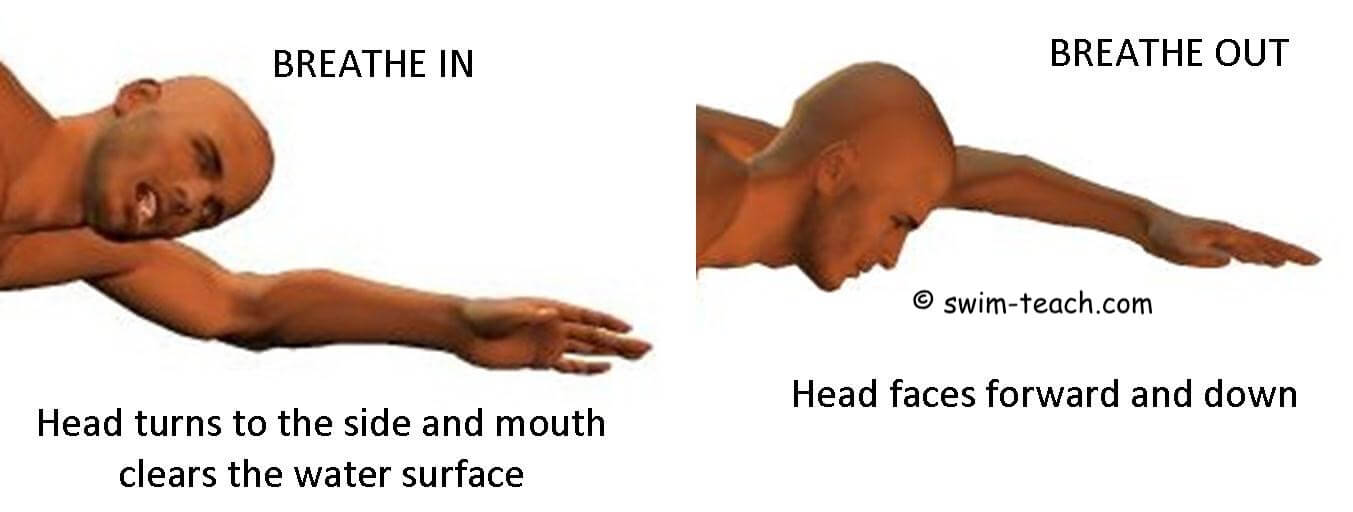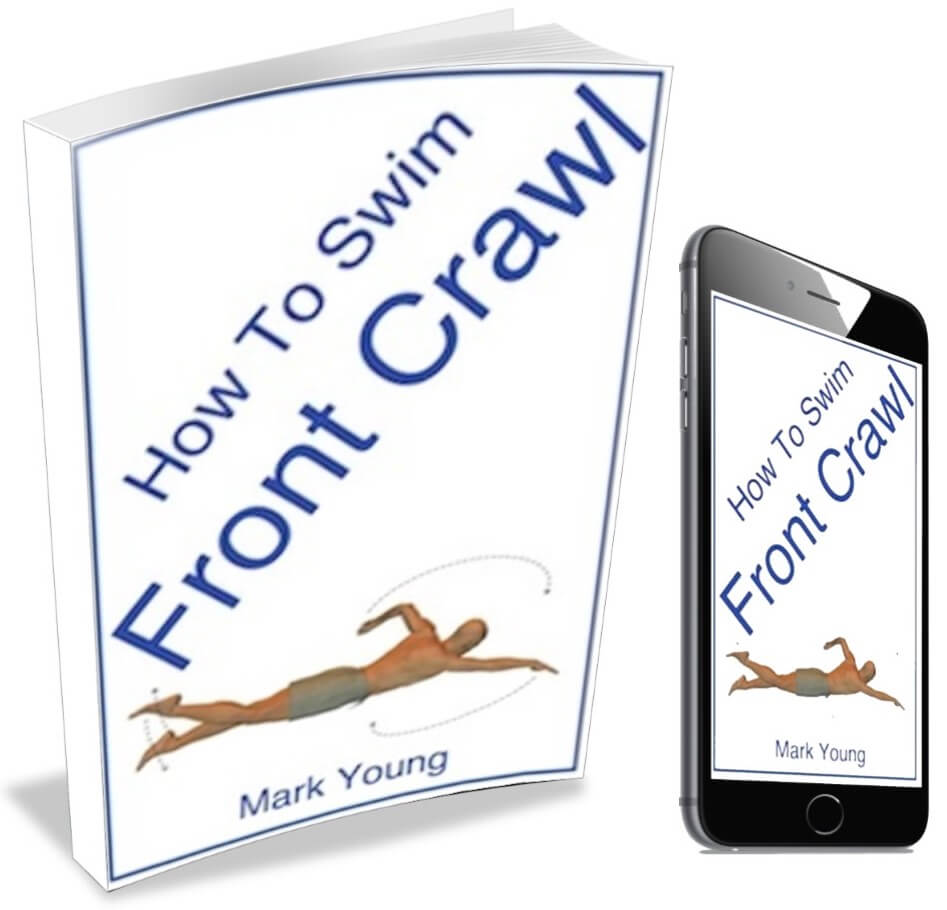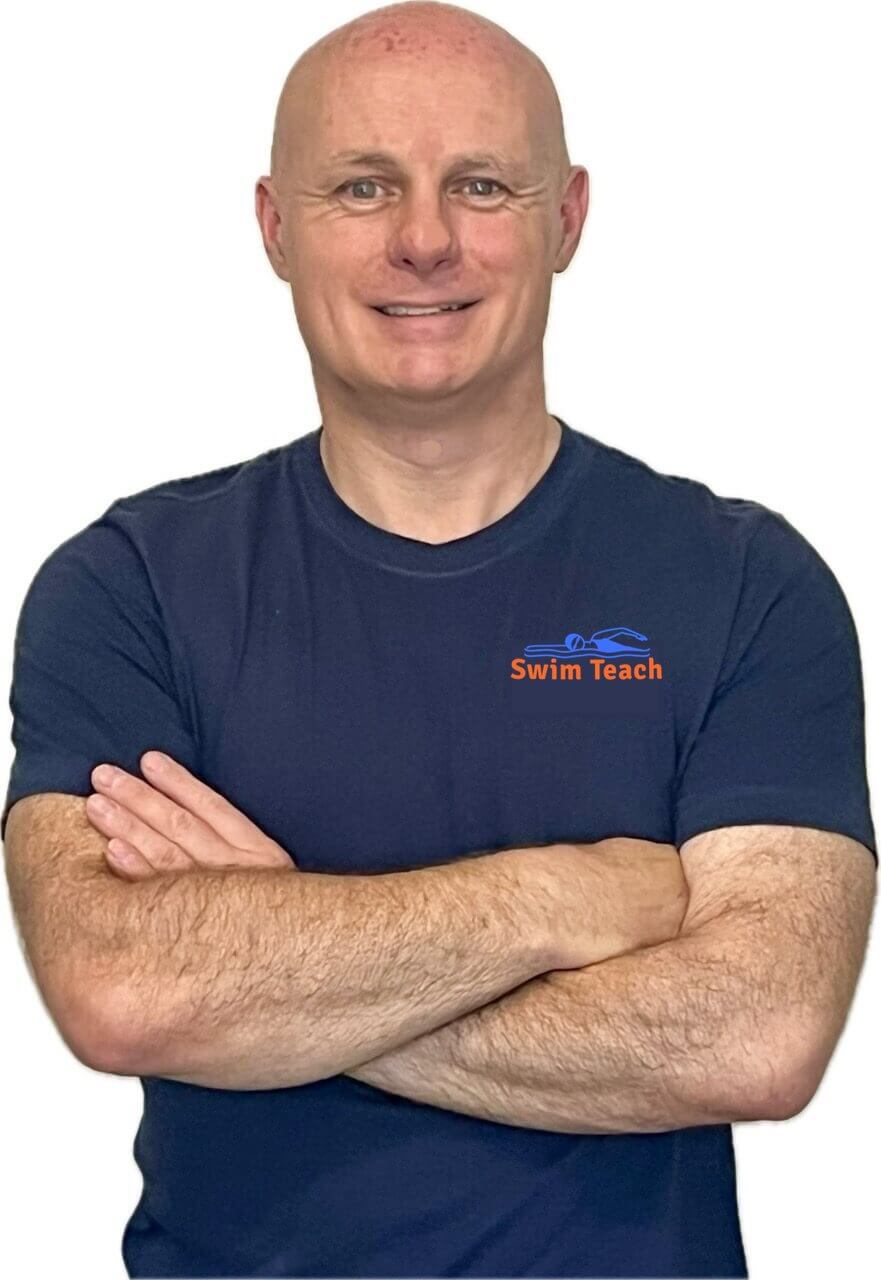- Swim Teach Home
- front crawl
- Front Crawl Breathing
- How To Float When Swimming Freestyle
Legs Sink When Breathing For Freestyle
My legs sink when breathing for freestyle. I have been learning to swim for about two weeks now. I am in the pool around two times a week. I believe my kick is weak, but I am working on that. When I swim freestyle, I travel as long as I don't breathe - the moment I come out for air, I go under. I have tried different techniques, but my legs panic when I come out for air and start doggy paddling. Would using a snorkel help me? I feel that if I just mastered my kicks and arms, the breathing would follow but trying to do it all at once is killing me. Thanks.
Thanks for getting in touch. It sounds like you’ve worked hard on swimming to get to where you are in just two weeks.
Freestyle breathing techniques can be frustrating sometimes, and sinking legs can be a very common occurrence when you're first learning.
Head position is vital when attempting to breathe, and it is essential to roll the head to the side before inhaling. I’m sure you have been taught this, and I doubt you are attempting it.
Let’s be very specific when we talk about rolling the head to the side. Roll the head as if you are attempting to look at your shoulder. One ear should be facing the sky, the other ear should still be submerged, facing the pool floor, and part of the side of your face should still be in the water. It would help if you rolled enough, so your mouth clears the water enough to open and inhale. Exhalation should have already occurred under the water during the arm and leg stroke cycles.

Common mistakes made when rolling the head to breathe during freestyle usually involve the head lifting or raising instead of rolling. The slightest lift or raise will result in sinking legs. If you momentarily look forwards, then you have raised your head. If both ears come out of the water, you have raised your head again. There is a definite difference between rolling the head to the side and lifting and looking to the side.
Rolling the head to the side correctly will help maintain a flat horizontal body position with legs kicking near the water surface.
Another point to consider is how long you swim before you attempt to breathe. When learning how to swim, it is very easy to get caught up in how far you swim and what distance you cover. As a result, you swim as far as you can in one breath, almost to exhaustion.
Once you have exhaled all your air and are almost gasping for breath, taking a breath becomes rushed and panicked, compromising the rest of the swimming stroke.
Breathe at a comfortable point before you need to; for example, take a breath every four arm pulls. The set pattern will help to maintain a steady overall rhythm.
Freestyle is a continuous swimming stroke so ensure that when you take a breath, your arms and legs continue to pull and kick and do not stop. This is a very common mistake and can happen without you realising it.
A complete set of simple exercises for learning freestyle can be found in my eBook 'How To Swim Front Crawl'. Check out an INSTANT PREVIEW here.
Using a snorkel will not help you at all. It will prevent you from learning the correct freestyle breathing technique.
Fins, however, will help. Get yourself a comfortable pair of training fins and try them out. Having some added assistance to your feet will help your leg kick technique and also help your legs to remain near the surface when you take a breath. But please do not become reliant on them. Use them to assist you and help you get used to the breathing technique and ensure you swim without them too. After all, you are learning to swim without aids or assistance!
Basic Freestyle Swimming Technique Made Easy
I am a member of the Amazon Associates Program and I will earn a commission from qualifying purchases at no extra cost to you.
How to Float When Swimming Freestyle
I am learning how to swim. Please give me tips on how to float when swimming freestyle and kick my legs in the water.
Floating whilst swimming freestyle comes with having a relaxed and smooth swimming technique. Your ability to float is a characteristic of your body and is dictated by your body composition.
Some people float, and some do not. That is not to say you will never float. If your body is efficient through the water, then floating is easy.
The power and drive for freestyle come from the arms, and the legs kick to balance the stroke. They provide a small amount of propulsion and more information on how the legs kick in freestyle can be found by clicking here.
Learn to relax as you swim, and remember to feel your way through the water and not fight your way. A relaxed, smooth stroke is always more efficient.
Download my best-selling ebook How To Swim Front Crawl for some simple exercises to help fine-tune your swimming stroke.




